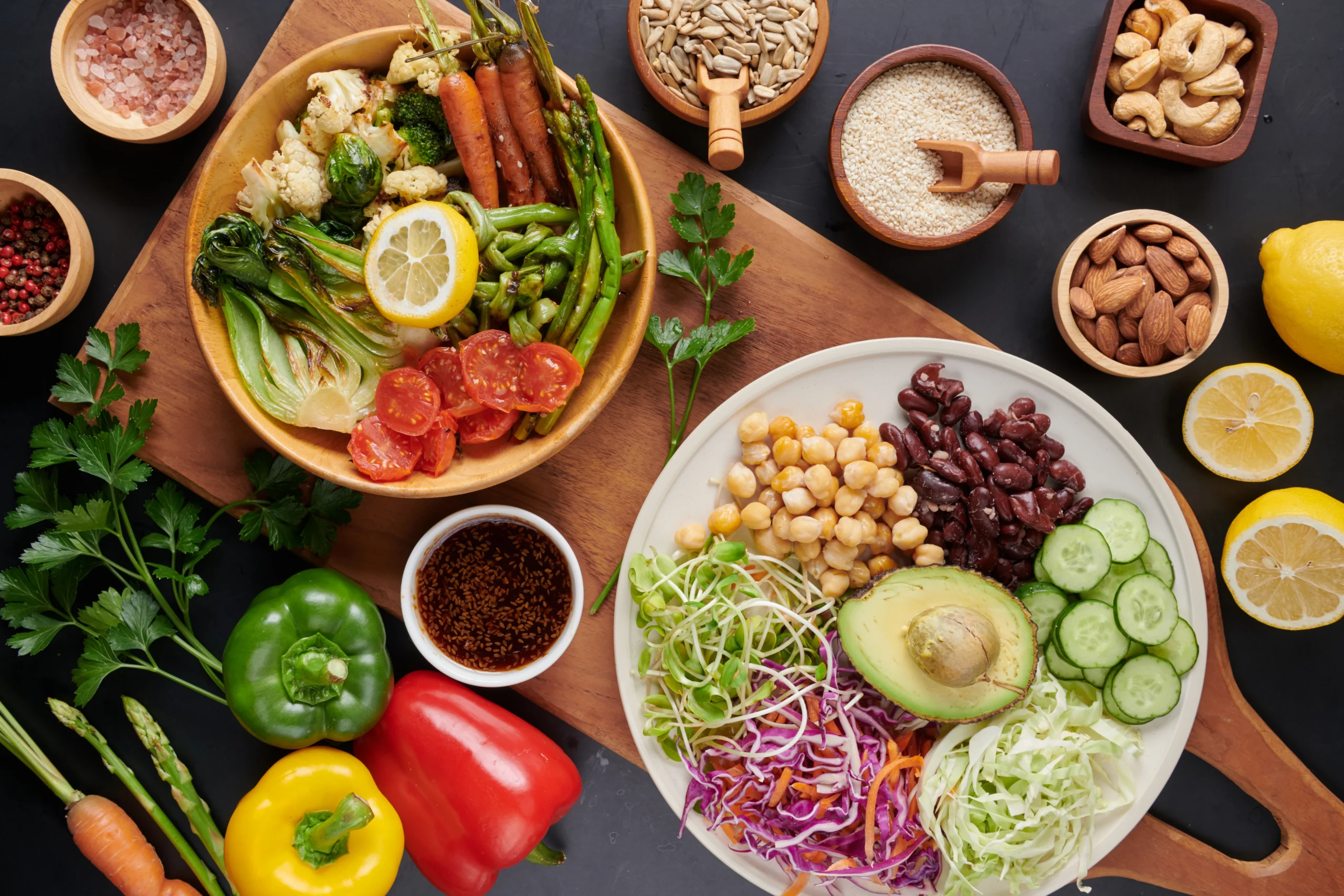From childhood, we’ve ingrained the belief that milk is essential for our health, often prioritizing its calcium content by drinking glass for reassurance and internal satisfaction. Although giving milk to children can be beneficial, it’s essential to reassess the dietary habits inherited from our ancestors. In the past, lifestyles involved more physical labour, which may not align with our current sedentary lifestyles and varied professions. Therefore, blindly continuing these habits without considering modern lifestyles and nutritional needs may not always be wise.
THE SCIENCE BEHIND
When we drink milk, an enzyme called lactase enzyme in our small intestine breaks down lactose and milk into smaller molecules like galactose and glucose, which are easily absorbed by our bodies. Babies have a lot of lactase and can digest it easily. However, after the age of 5, lactase production decreases. Additionally, sometimes, after the age of 35-40, the body stops producing lactase completely. Due to insufficient lactase, it interacts with bacteria in the large intestine directly without further breakdown, leading to the production of gas and acid by the bacteria. This condition is known as lactose intolerance. This affects our bodies, causing symptoms like bloating, diarrhoea, and stomach pain.
LACTOSE INTOLERANCE
Cultural dietary habits, such as the widespread consumption of dairy products like milk and yoghurt in India, can sometimes make it challenging for individuals to recognize their lactose intolerance symptoms or attribute them to dairy consumption. These people have a problem known as lactose intolerance. Lactose intolerance is relatively common in India, with studies suggesting that around 70-80% of the Indian population may be lactose intolerant to some extent. However, the prevalence can vary depending on factors such as region, ethnicity, and genetics. In some specific regions and ethnic groups within India, the percentage of lactose intolerance may be higher than the national average.
HOW TO PROTECT BONES WITHOUT MILK CONSUMPTION?
Most people have a common notion that without consuming it, the body won’t be able to attain the required proportion of calcium. However, we often forget that it is not solely responsible for acquiring calcium and protecting bones. Many wonderful substitutes for it can provide a lot more calcium to the body.
The healthy substitutes for milk

- Sesame seeds: Consuming sesame seeds provides eight times more calcium, along with protein and fibre.
Benefits: It regulates the menstrual cycle, helps during menopause, and keeps blood pressure in control.

- Moringa/ drumsticks leaves: These leaves are abundant in calcium. They help in increasing bone mass and structural strength, containing four times the calcium content of milk. Also, if you have trouble with the direct intake of leaves or moringa powder, you can try consuming it in the form of moringa dosa or parantha.
Benefits: Strengthening of bones is highly beneficial for pregnant women.

- Dry figs: Just consuming 2 figs along with your daily breakfast and a handful of nuts daily can help you attain 65 mg of calcium.
Benefits: Controls blood sugar, is rich in nutrients and is a potential source of cancer prevention.

- Soya products: Products such as soya milk and tofu are great sources of calcium. Soya milk is an excellent substitute for cow milk. Add soybean veggies to lunch, along with tofu salad.
Benefit: A high source of calcium can be consumed even by people with lactose intolerance.

- Broccoli: It is a calcium-rich vegetable. You can have boiled broccoli simply with seasoning. For taste, consume it with wheat pasta or as a broccoli salad.
Benefit: Supports bone health, digestive health, and heart health. It is a calcium-rich vegetable. You can have boiled broccoli simply with seasoning for taste or consume it with wheat pasta or a broccoli salad.
By embracing these substitutes, we can diversify our diet, improve our overall health, and cater to the needs of individuals with lactose intolerance or dietary preferences. Making informed choices about our food intake can lead to better health outcomes and enhance our well-being in the long run.

Interested in a Web series? Know more about SAPNE VS EVERYONE






